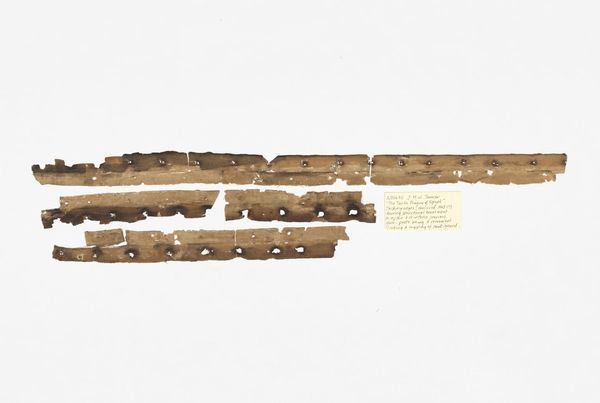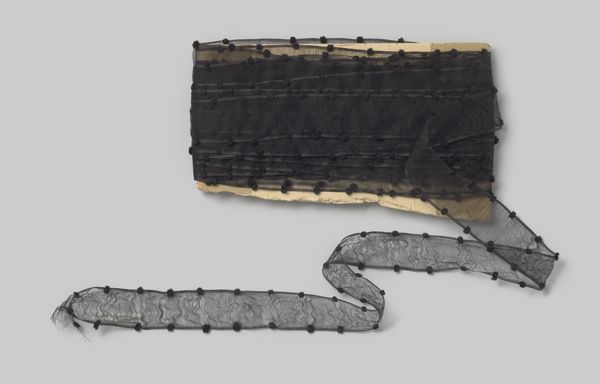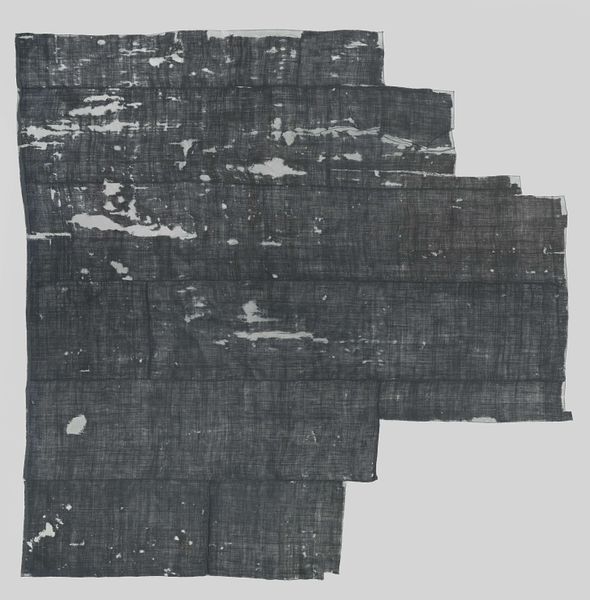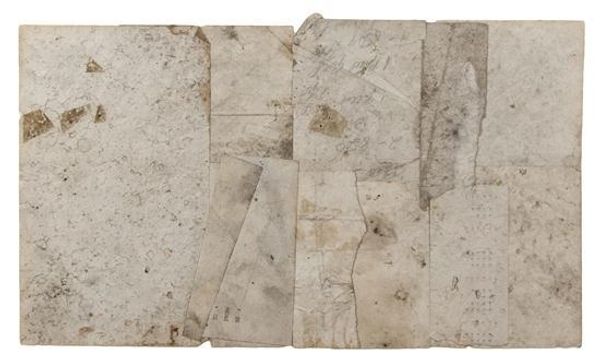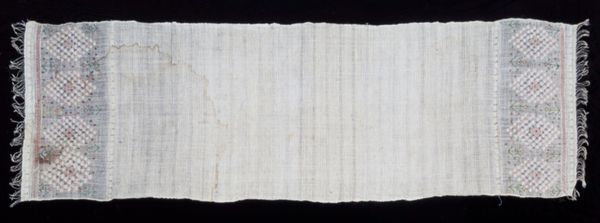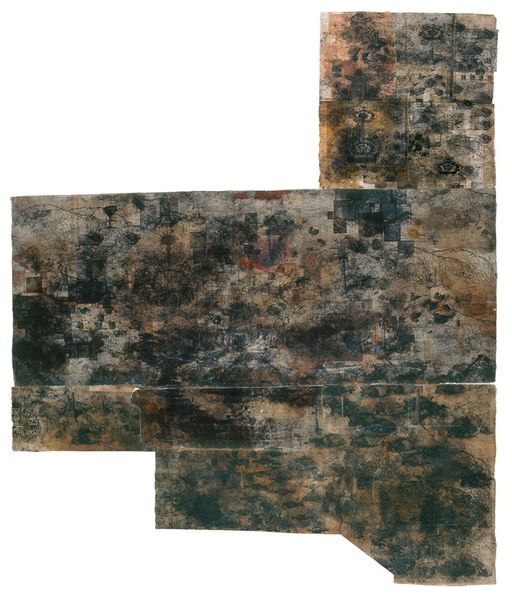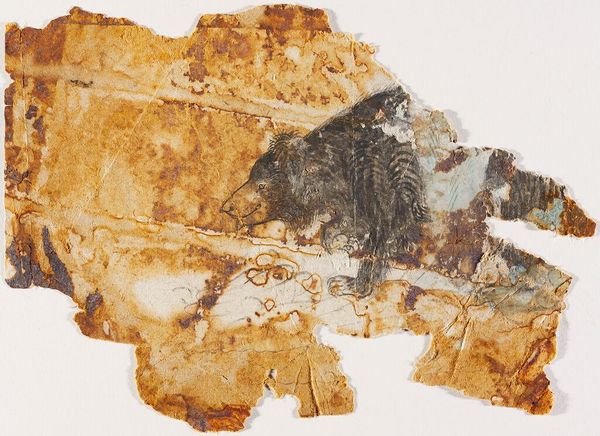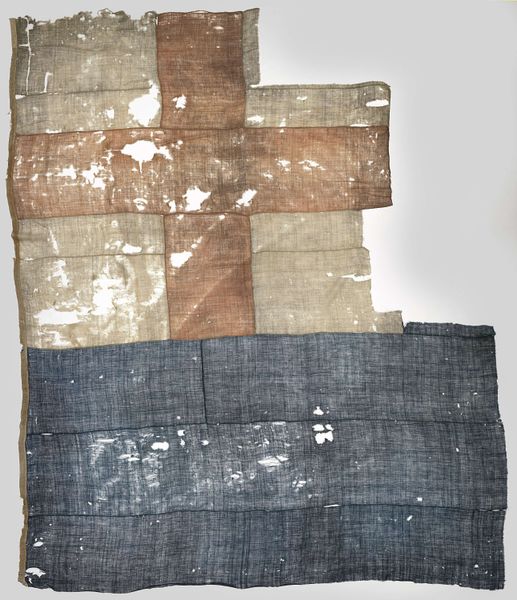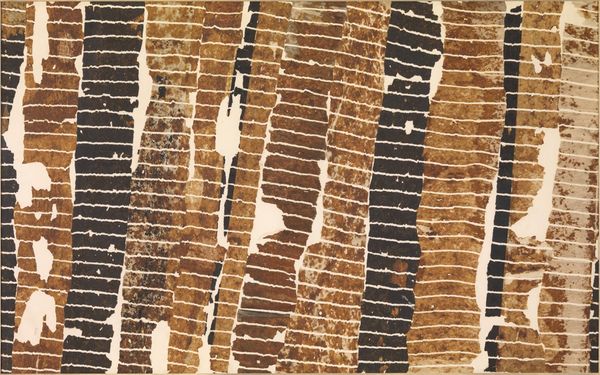
mixed-media, assemblage, installation-art
#
mixed-media
#
conceptual-art
#
assemblage
#
appropriation
#
installation-art
Copyright: Cornelia Parker,Fair Use
Curator: What a striking presentation. This work by Cornelia Parker, created in 1997, is entitled "From ‘Rough Sea’ Circa 1840 5, JMW Turner.” It resides here at Tate Britain and showcases the artist's distinctive use of mixed media and assemblage. Editor: Initially, I’m struck by the sheer fragmentation. These segmented pieces arranged on a white background; the textures feel timeworn and distressed. Curator: Precisely. Parker is known for her conceptual art practice, and in this piece, she's taken fragments of a Turner painting torn from a book— likely about the iconic painting titled “Rough Sea” — and reconfigured them, thus examining themes of appropriation and deconstruction. It challenges notions of artistic originality and authorship, don't you think? Editor: Undoubtedly. The artist is offering a formal exercise on value—both material and cultural—with each careful repositioning of these swatches that alter the viewer's engagement. There is an exploration into visual relationships, the interplay between figure and ground... It is a stark visual articulation of that concept. Curator: Yes, she disrupts the original narrative of Turner’s seascape, drawing from cultural studies to dismantle art historical authority and reframe Turner's image. It's an inherently feminist gesture, as it questions and reframes traditionally male-dominated art narratives. Editor: Though a social or feminist reading informs this work greatly, let us not diminish Parker's use of structure and materiality. What happens to the image's structural integrity when rearranged—when each scrap can be placed anywhere—that choice is key. Curator: I agree. Thinking of these reconfigured fragments against the backdrop of Parker's wider practice... the destruction of the original book and then her deliberate re-assembly raises questions of what happens to our histories. It becomes a commentary on how we both inherit and recreate cultural meanings. Editor: So, from dissected parts of what might signify "English painting at its most elemental," she builds up something new. From semiotic slippage, one image morphs into the next. I see artifice being laid bare as a deconstruction becomes a new architecture. Curator: Exactly. A compelling engagement for those who value both the visual and the historical elements in a piece of art. Editor: Indeed. It requires we see with both our mind and eye.
Comments
No comments
Be the first to comment and join the conversation on the ultimate creative platform.
